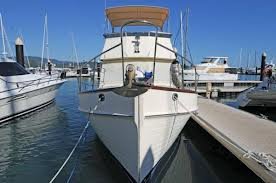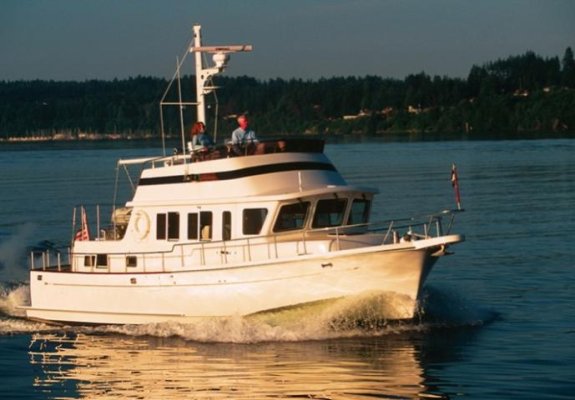Bob,
VW, Corvair, Tucker.
Don't know about the Italian things but all rear engined cars seem to be a failure except the Porsche. And being German it dosn't need to be a design success. They make all their odd designs look like they've seen the light and the rest of the world is in the dark. Air cooled VWs and BMW motorcycles w the cyl heads right where one's feet belong come to mind.
Outboards on the stern work well because the're light. Not so much anymore but compared to an IO w a car or truck engine plus a big heavy IO even the 4 stroke OBs are light.
I'm not say'in engines in the stern don't work. I am say'in engines placed near the center of the boat work BETTER. Balance is a huge part of boat design and the engine in the center of the boat can't be beat.
FF,
IH is belly up aren't they? You're suggesting rebuilding old farm machinery and marinizing it? Never heard of an IH in a boat. But before they did it never heard of a JD in a boat either. But they still make JDs. The're are no marine engines anymore so all boat engines come mostly or entirely from cars and trucks. That in itself is bad but an economic necessity. What is an IH 360? Six, 8 cyl and how long ago did they stop making them. Is it an extremely common farm engine and w parts readily availible? And if it's such a good engine why aren't boaters regularly replacing their Lehman's w the IH 360? If I had a tired or screwed up Lehman I'd want to know all about this IH. I think rebuilding a Lehman is a questionable undertaking just so one dosn't need to fabricate new engine mounts. Surely there are other good engines too.
I'm not knocking the IH engine FF. But you've mentioned it many times over the years and no real information has surfaced.







